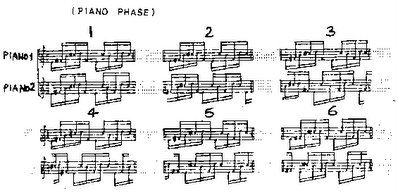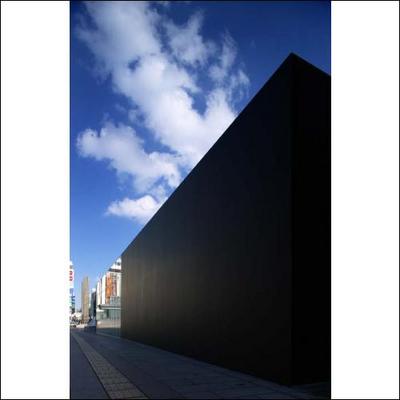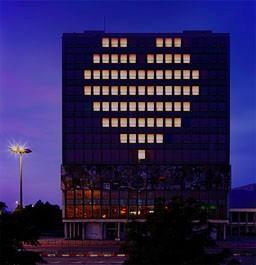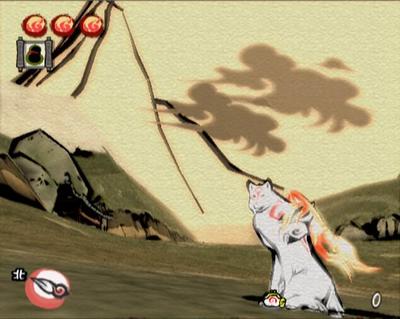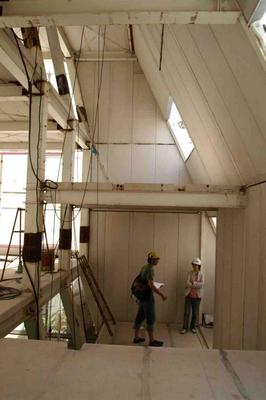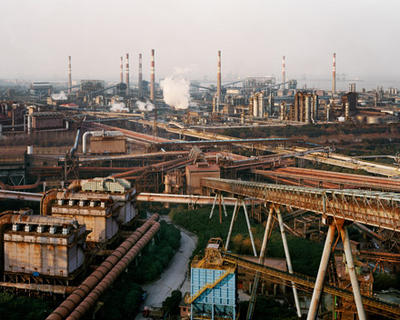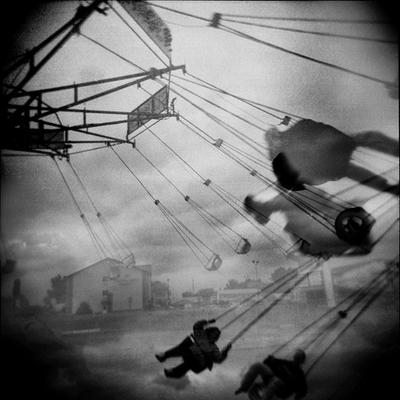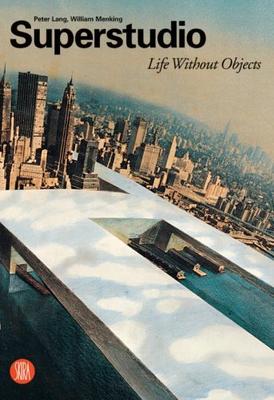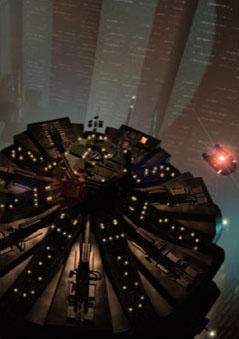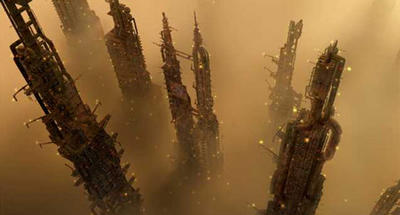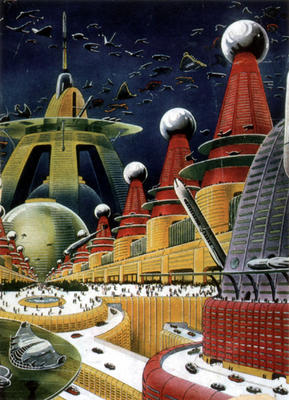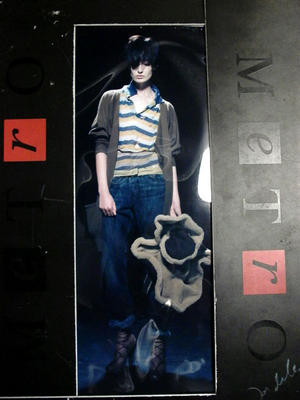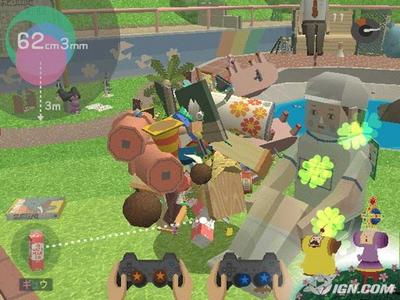NYT has an article on Bhutan's government's effort to improve Gross National Happiness alongside Gross Domestic Product, discussed at the
Rethinking Development Conference held in Nova Scotia:
Bhutan, the king said, needed to ensure that prosperity was shared across society and that it was balanced against preserving cultural traditions, protecting the environment and maintaining a responsive government. The king, now 49, has been instituting policies aimed at accomplishing these goals. Now Bhutan's example, while still a work in progress, is serving as a catalyst for far broader discussions of national well-being.
Around the world, a growing number of economists, social scientists, corporate leaders and bureaucrats are trying to develop measurements that take into account not just the flow of money but also access to health care, free time with family, conservation of natural resources and other noneconomic factors.
The goal, according to many involved in this effort, is in part to return to a richer definition of the word happiness, more like what the signers of the Declaration of Independence had in mind when they included "the pursuit of happiness" as an inalienable right equal to liberty and life itself.
The founding fathers, said John Ralston Saul, a Canadian political philosopher, defined happiness as a balance of individual and community interests. "The Enlightenment theory of happiness was an expression of public good or the public welfare, of the contentment of the people," Mr. Saul said. And, he added, this could not be further from "the 20th-century idea that you should smile because you're at Disneyland."
What It Means to Be RichIn the early stages of a climb out of poverty, for a household or a country, incomes and contentment grow in lockstep. But various studies show that beyond certain thresholds, roughly as annual per capita income passes $10,000 or $20,000, happiness does not keep up.
Even more striking, beyond a certain threshold of wealth people appear to redefine happiness, studies suggest, focusing on their relative position in society instead of their material status.
Nothing defines this shift better than a 1998 survey of 257 students, faculty and staff members at the Harvard School of Public Health.
In the study, the researchers, Sara J. Solnick and David Hemenway, gave the subjects a choice of earning $50,000 a year in a world where the average salary was $25,000 or $100,000 a year where the average was $200,000. About 50 percent of the participants, the researchers found, chose the first option, preferring to be half as prosperous but richer than their neighbors.
Bhutan's effort, in part, is aimed at avoiding the pattern seen in the study at Harvard, in which relative wealth becomes more important than the quality of life.
"The goal of life should not be limited to production, consumption, more production and more consumption," said Thakur S. Powdyel, a senior official in the Bhutanese Ministry of Education. "There is no necessary relationship between the level of possession and the level of well-being."
(For Robin and all of us Non-progressivists):
John de Graaf, a Seattle filmmaker and campaigner trying to cut the amount of time people devote to work, wore a T-shirt that said, "Medieval peasants worked less than you do."
In an open discussion, Marc van Bogaert from Belgium described his path to happiness: "I want to live in a world without money."
